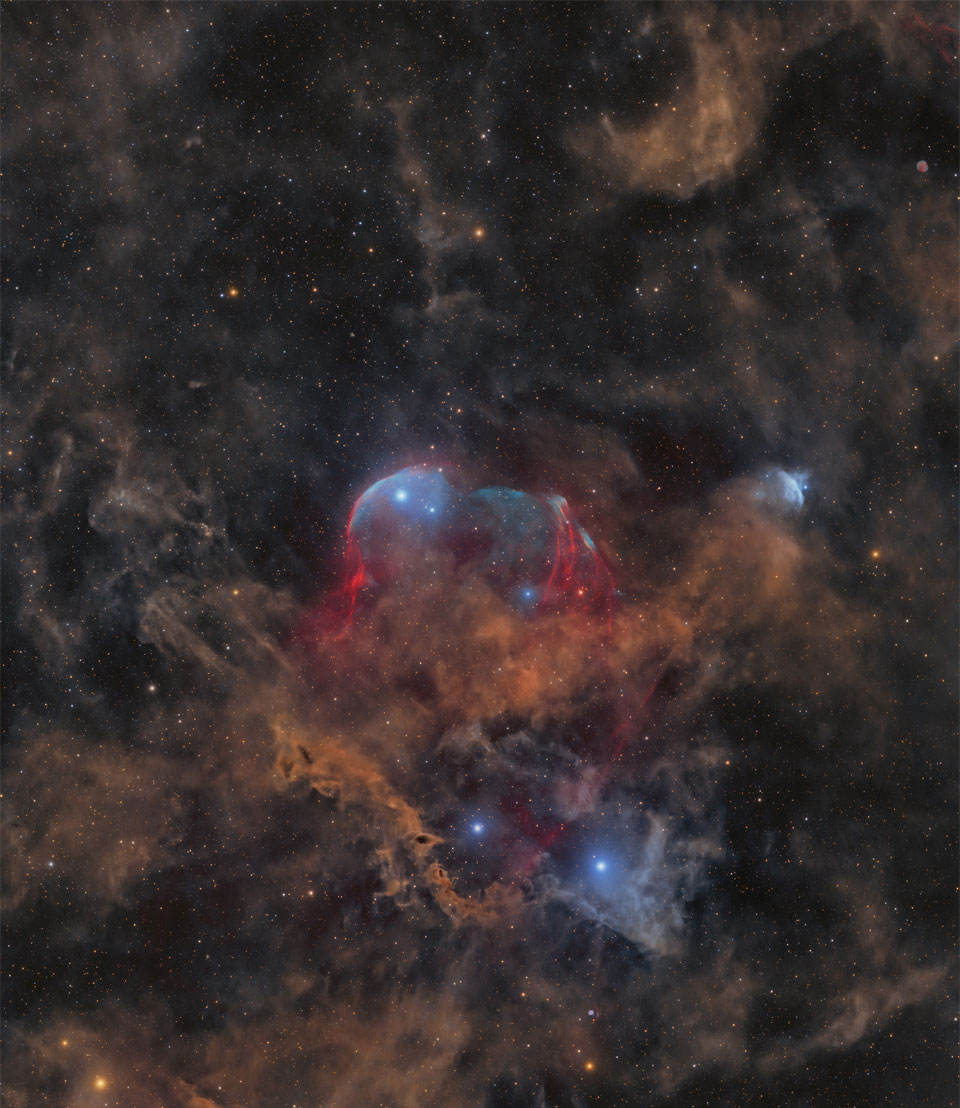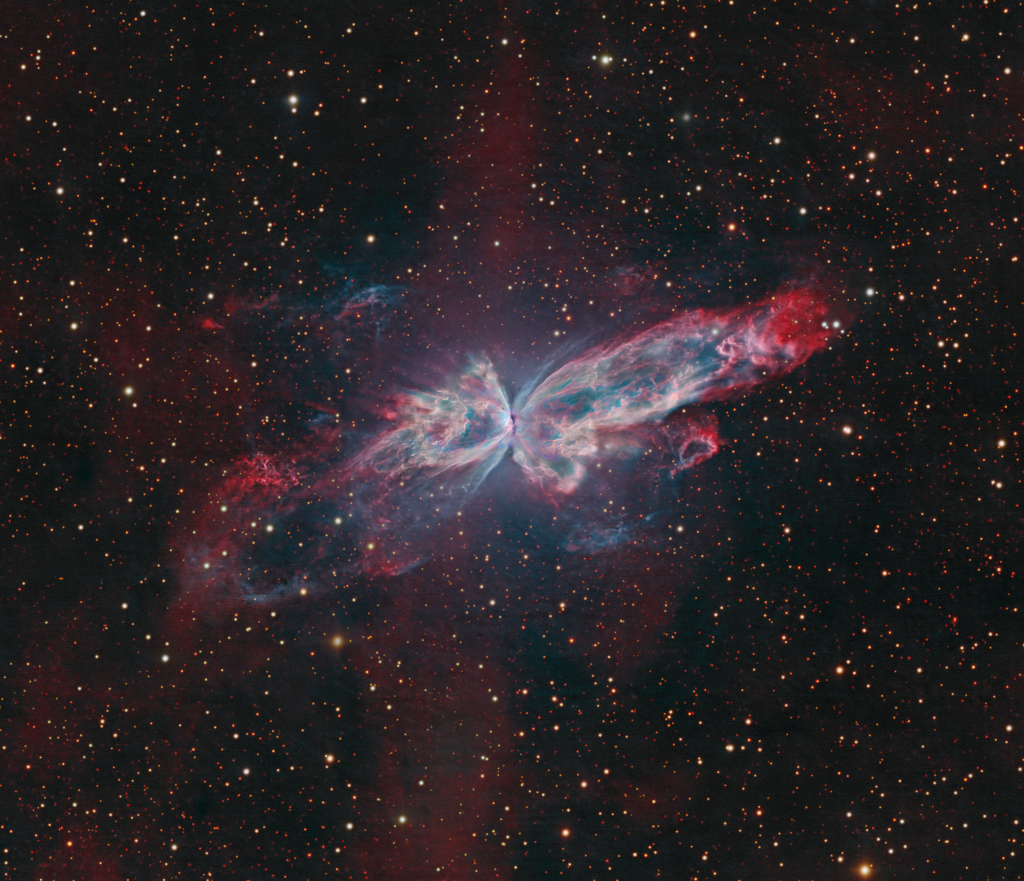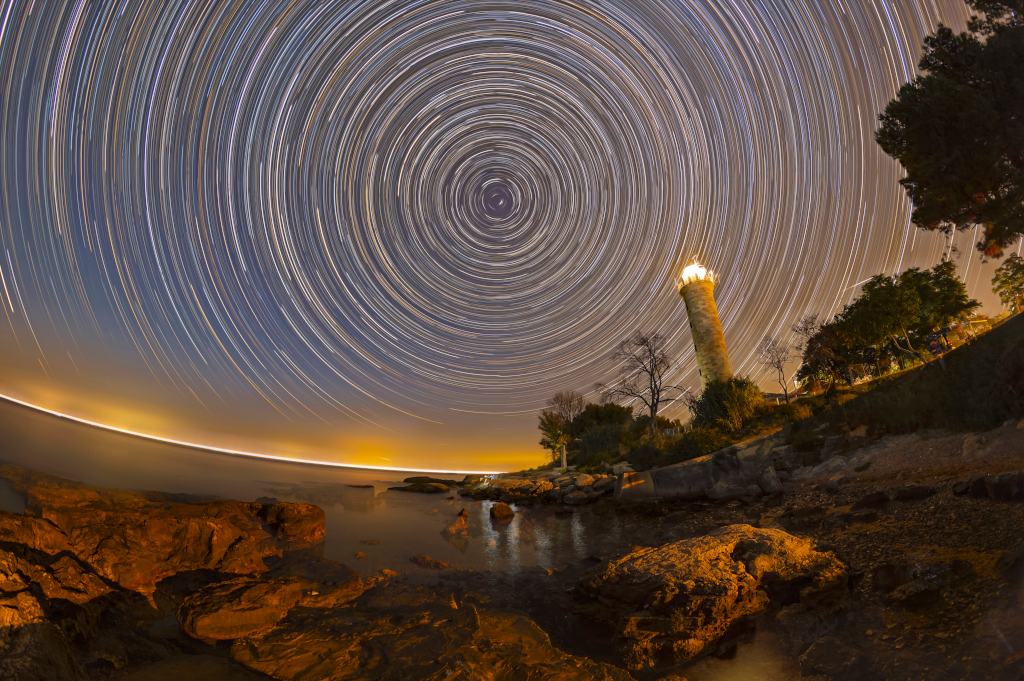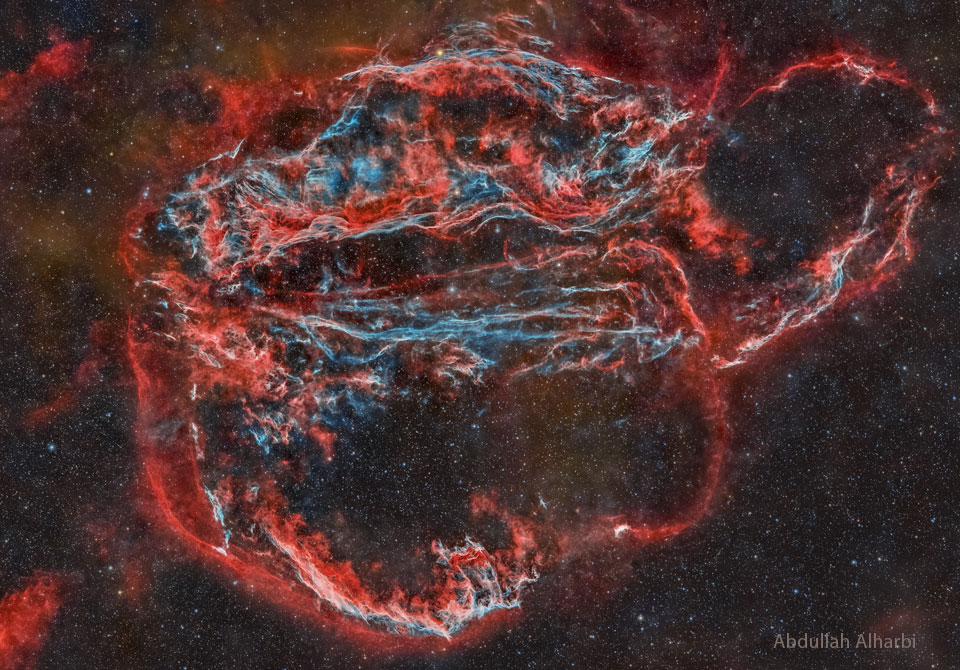
What do you see when you look into this sky? In the center, in the dark, do you see a night sky filled with stars? Do you see a sunset to the left? Clouds all around? Do you see the central band of our Milky Way Galaxy running down the middle? Do you see the ruins of an abandoned outpost on a hill? (The outpost is on Askold Island, Russia.) Do you see a photographer with a headlamp contemplating surreal surroundings? (The featured image is a panorama of 38 images taken last month and compiled into a Little Planet projection.) Do you see a rugged path lined with steps? Or do you see the eye of a dragon?
https://apod.nasa.gov/apod/ap250701.html ( July 01, 2025)




























